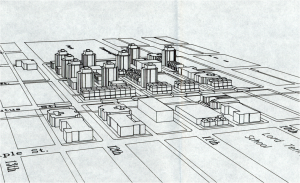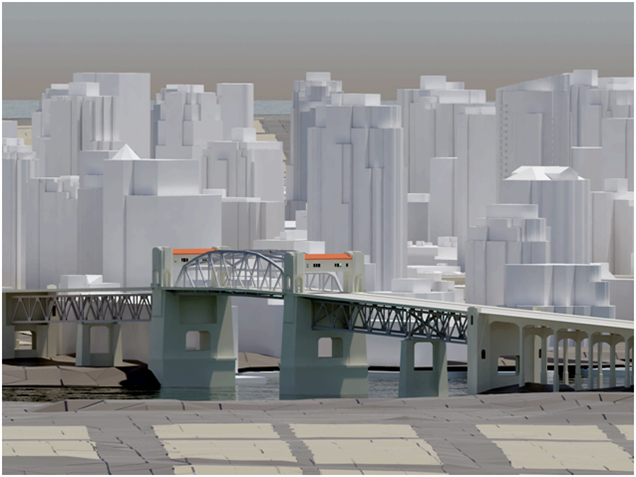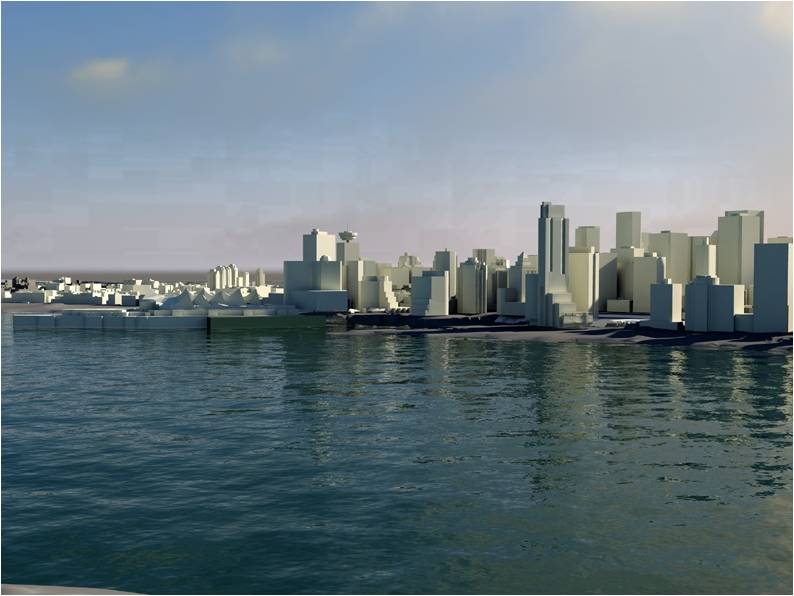
In their latest preview of ArcGIS 9.3.1, ESRI announced their intensified partnership with Microsoft, marrying ArcGIS with VirtualEarth.As we currently test in a series of planning workshops in the Rockies, the combination of GIS for spatial analysis and Virtual Globes for visualization and communication is very powerful. In the near future, I will tell you more about the workflow ArcGIS -> CommunityViz -> GoogleEarth / Biosphere3D, including some first screenshots.
For the forthcoming ArcGIS-VirtualEarth integration, please read the following ESRI press release (source: http://www.esri.com/software/arcgis/arcgisonline/whats_new.html).
What’s New in ArcGIS Online 9.3.1
ArcGIS Online 9.3.1 gives users quick and easy access to a set of foundation services for GIS projects, and provides a platform to discover and share geographic information.
Virtual Earth Now Seamlessly Integrated with ArcGIS
A new agreement between ESRI and Microsoft gives ArcGIS users seamless access to Virtual Earth services. ArcGIS Desktop, ArcGIS Server, and ArcGIS Explorer users will be able to directly connect to Virtual Earth services to enhance their GIS projects.
- ArcGIS Desktop
- Free, limited annual allotment for users who are current on maintenance
- Annual subscription with unlimited transactions available for purchase
- ArcGIS Explorer
- Access Virtual Earth and share transactions as part of an existing ArcGIS Desktop license.
- ArcGIS Explorer users who do not have an ArcGIS Desktop license, can evaluate Virtual Earth at no cost for 90 days.
- Annual subscription with no transaction limits is available for purchase.
- ArcGIS Server
- Built-in 90-day evaluation of Virtual Earth, after which an annual, transaction-based subscription can be purchased
New Location Services
- World geocoding (available for use with ArcGIS 9.3)
- Geocoding, batch geocoding, reverse geocoding for North America and Europe
- World place finding (countries, provinces, cities, landmarks)
- Routing
- Point-to-point and optimized routing for North America and Europe
- Drive Time
- Calculate drive-time polygon using an input location and drive-time values.
Discover and Share Geographic Information
With ArcGIS Online, users can
- Search for maps published by ESRI and other users.
- Upload maps and register online map services.
- Organize and control access to shared maps.
- Save Web maps as items for others to share, discover, and use.
Better sharing of layers
- Layers referencing feature or raster data can be combined into a single layer package that comprises of both the layer file and data.
- These layer packages can be shared with other users via the new ArcGIS Online sharing capability, through files, or by e-mail.
More information can be found in the VirtualEarth Evangelist Blog (no guarantee for the objectivity or correctness for links to third-party blogs)



